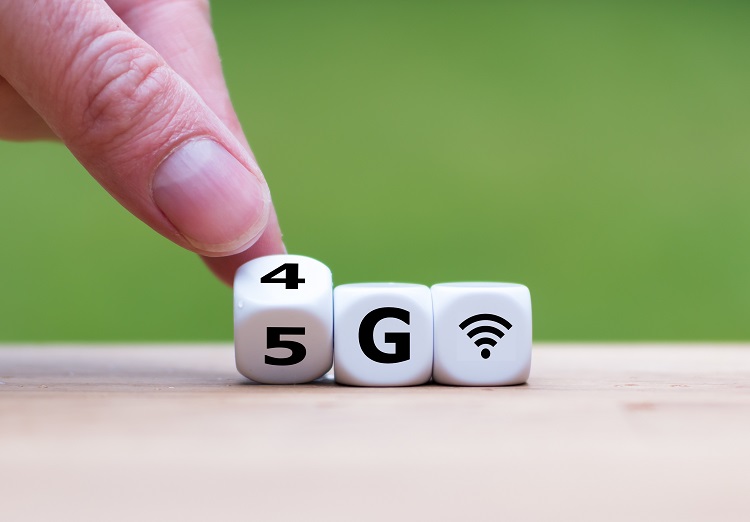 Symbol of the change from 4G to 5G
Symbol of the change from 4G to 5G
5G in the city: The advertising pillar for better network coverage
13. July 2023 Published by Raphael DoerrIn the 20th century, especially in Berlin, advertising pillars were a part of urban life, just like fountains, park benches, public toilets or trash cans. They were part of the standardized furnishings of the city. But in the course of digitization, they slowly disappeared from the city. People no longer needed them as a source of information, because today, after all, almost everyone carries their own advertising pillar in their pocket; it’s now called a (5G-)smartphone.
As mobile network operators are increasingly looking for new ways to provide better network coverage in city centers, it is obvious to use the advertising pillars accepted by citizens in selected metropolitan areas for this purpose. Especially since it makes sense for heavily frequented locations to set up additional transmitters so that as many customers as possible have fast mobile Internet access at their disposal at the same time.
The ideas for such additional base stations are many and varied. Deutsche Telekom is converting former telephone cells into 5G transmitters. Telefónica is installing small mobile radio stations in street lamps. Now Vodafone has presented a project in which mobile radio technology is being installed in advertising pillars. A total of 50 of these advertising pillars in the North Rhine-Westphalian state capital of Düsseldorf have already been upgraded with 5G transmission technology for the mobile network. A further 100 advertising pillars are to follow to provide better 5G reception and faster Internet access.
The advertising pillar transmitters were set up in cooperation with Ericsson and, according to Vodafone, supply a radius of around 400 meters around the respective location. The network operator reports an average of almost 6,000 connections with 5G smartphones per day and 200 GB of transmitted data per pillar per week – and the trend is rising. Three 5G antennas and all the technology that is mounted on large masts at conventional mobile communications sites are built into the basilica-shaped roof and the concrete body of the advertising pillar, each of which is 4.79 meters high and 1.62 meters wide. The entire deployment process of such a 5G Litfass pillar takes less than half the time compared to a conventional cellular site. Up to 1000 Mbit/s downstream is said to be possible via the 5G Litfass pillar. Vodafone contract customers who have booked the 5G standalone option will also benefit from particularly low latency times. With their technical equipment, the 5G display towers are the first of their kind in the world. They can be used to accelerate the roll-out of 5G in urban areas even more efficiently, because it is precisely here that new rooftop sites for free-standing antennas are extremely difficult to find.
The fifth generation of mobile communications continues to gain ground. Faster data transfers, shorter response times, better availability, and lower energy consumption speak in favor of 5G technology, which can already be found in every new smartphone today.
With 5G in the urban jungle
The Gigaset GX6 is the first Gigaset rugged smartphone with 5G standard. It is virtually predestined for outdoor use, but it also shows its strength in the urban jungle. With its slim casing made of high-quality materials, which is tested according to military standard MIL-STD-810H and IP68, it can withstand a lot. Whether it’s heavy rain or hail, storms with hurricane-like gusts or fine Sahara dust, the Gigaset GX6 is “Made in Germany” and perfectly prepared for it. It is waterproof, dustproof, shockproof and resistant according to military standards. The 5G smartphone is the ideal companion for users who are on the move a lot, in their hobby or profession, even in rough outdoor conditions.
 Comments
Comments
 en
en 







